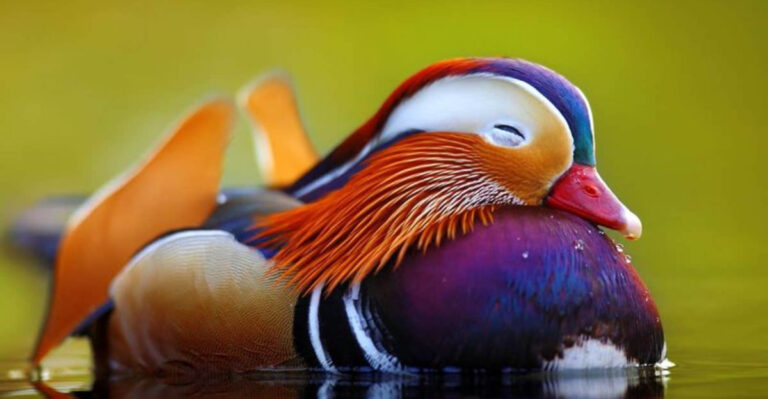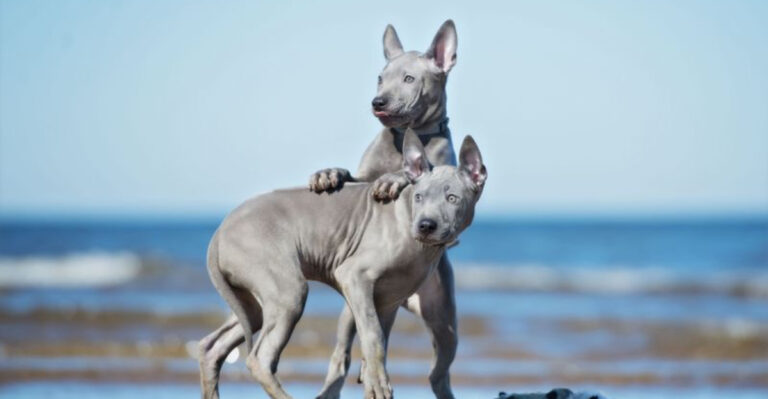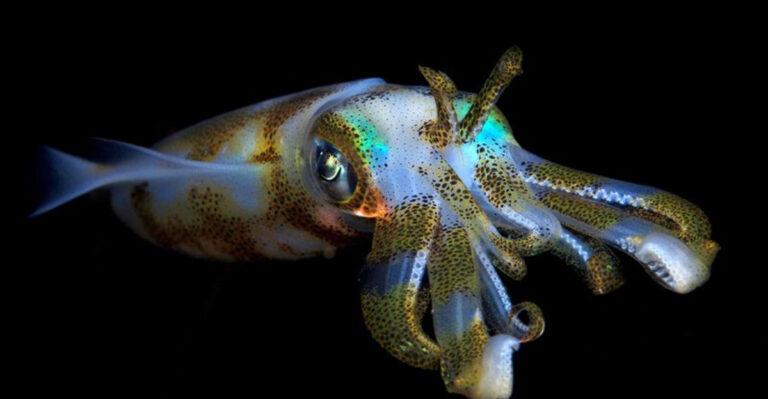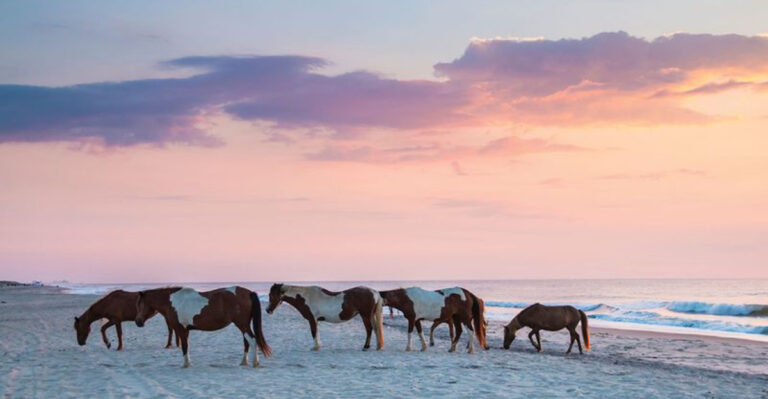10 Enormous Mammals Bigger Than The Mighty Polar Bear
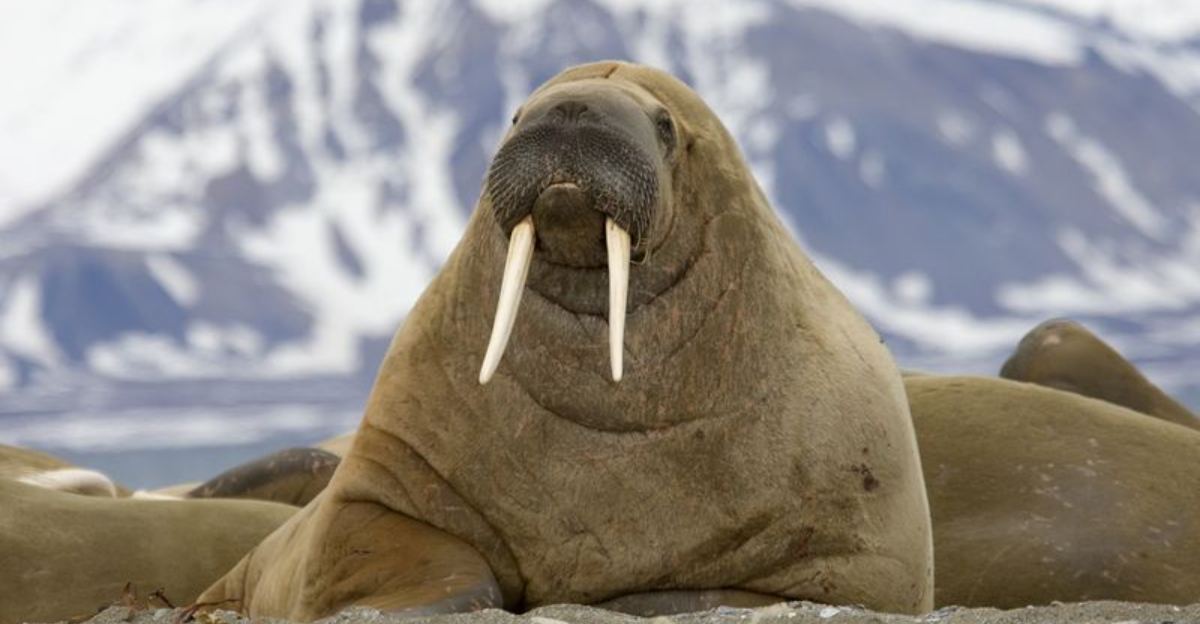
When we think of huge land mammals, polar bears often come to mind as the kings of the Arctic. Standing up to 10 feet tall on their hind legs and weighing around 1,500 pounds, these massive predators are truly impressive.
But believe it or not, our planet is home to several mammals that make polar bears look small by comparison. From the depths of the ocean to the plains of Africa, these giants showcase nature’s incredible diversity in size and adaptation.
1. African Elephant
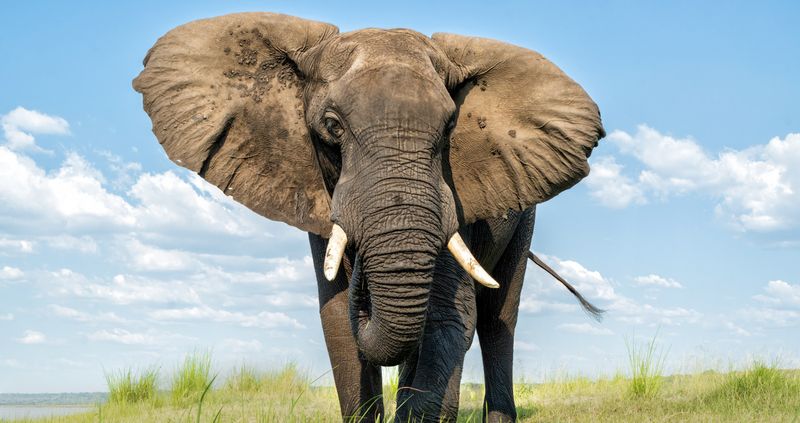
Standing majestically at up to 13 feet tall and weighing as much as 13,000 pounds, African elephants dwarf polar bears by nearly nine times their weight! These gentle behemoths roam the savannas and forests of Africa, using their remarkable trunks to grab food, drink water, and even greet friends.
African elephants live in close family groups led by the oldest female. They have amazing memories and can recognize relatives even after years of separation. Their massive ears aren’t just for show – they help cool the elephant’s blood in the hot African sun.
Fun fact: An elephant’s trunk contains over 40,000 muscles and can lift objects weighing nearly 700 pounds!
2. Blue Whale
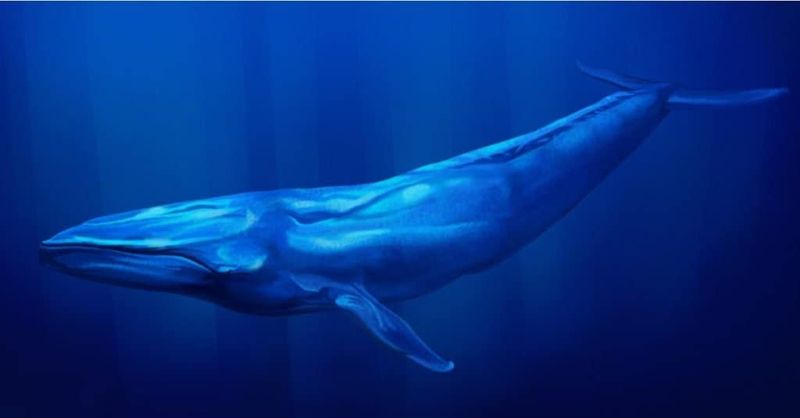
Imagine swimming next to something as heavy as 30 elephants! Blue whales reach lengths of up to 100 feet and can weigh an astonishing 200 tons. That’s about 300 times heavier than a polar bear! These magnificent marine mammals glide through oceans worldwide, feeding primarily on tiny krill.
Their hearts alone are the size of a small car, pumping 10 tons of blood through their massive bodies. A child could actually swim through their largest blood vessels! Despite their incredible size, blue whales are surprisingly fast, reaching speeds of 30 mph.
Scientists believe their incredible size evolved because the ocean supports their weight in ways land cannot.
3. Southern Right Whale
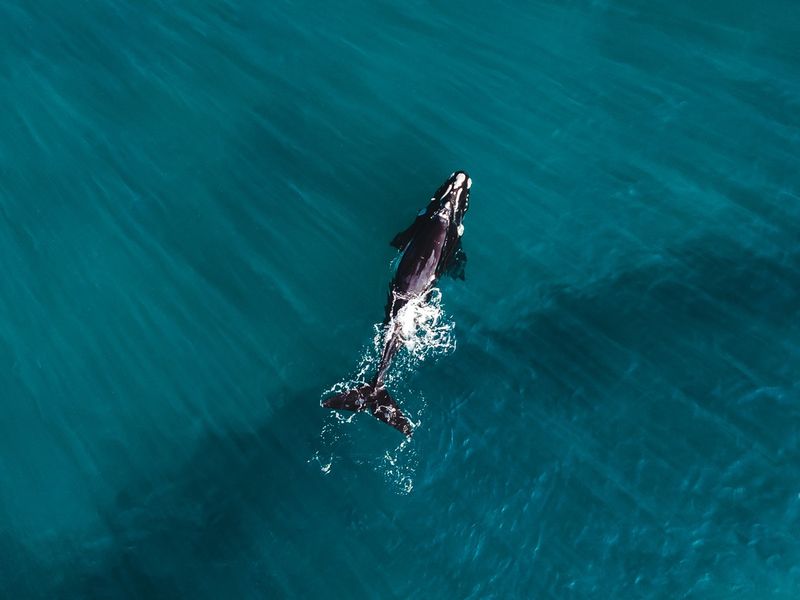
With bodies shaped like giant swimming barrels, Southern Right Whales are among the chubbiest ocean giants. Growing up to 56 feet long and weighing around 90 tons, they’re about 120 times heavier than polar bears! Their massive heads make up nearly one-third of their total body length.
These whales got their name because whalers considered them the “right” whales to hunt – they swim slowly and float after being killed. Thankfully, they’re protected today. The most distinctive feature of these giants? The callosities (rough patches) on their heads, which form unique patterns like human fingerprints.
A mother’s milk is so rich that baby whales gain 200 pounds daily!
4. Fin Whale
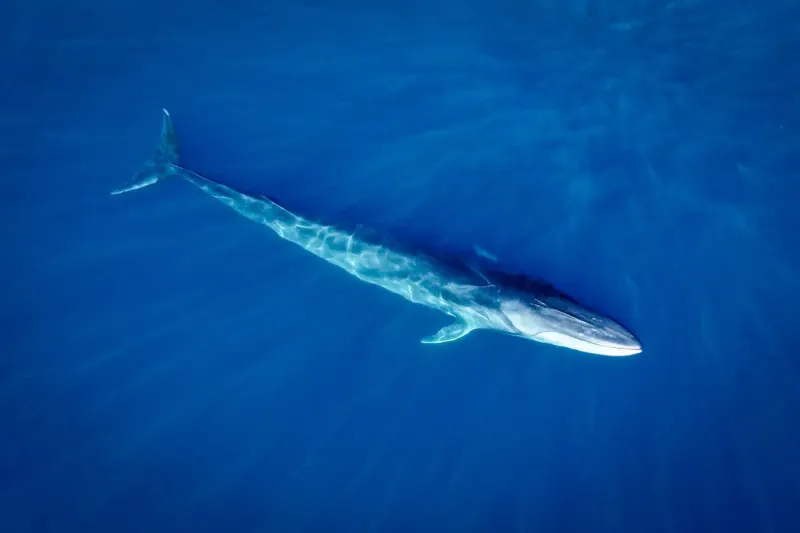
Lightning fast for its size, the Fin Whale zips through oceans at speeds up to 23 mph, earning its nickname “greyhound of the sea.” Growing to 85 feet long and weighing up to 80 tons, these streamlined giants outweigh polar bears by about 106 times!
One of their strangest features is their asymmetrical coloration – the right side of their jaw is white, while the left side is dark. Scientists think this helps them hunt. When they feed, fin whales can gulp water equal to the volume of a bus in a single mouthful.
Their distinctive dorsal fin, set far back on their body, can be spotted from great distances by whale watchers.
5. Sperm Whale
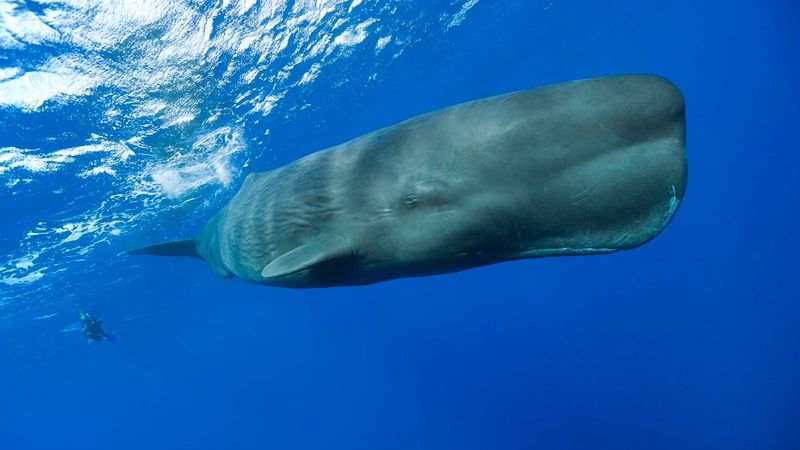
Armed with the largest brain on Earth, Sperm Whales are the ocean’s champion divers. They plunge nearly 10,000 feet deep hunting giant squid! Growing up to 60 feet and weighing around 45 tons, these toothed whales are about 60 times heavier than polar bears.
Their massive square-shaped heads contain a special organ called the spermaceti organ. This helps them dive deep and may be used for echolocation. Sperm whales are incredibly social, communicating through patterns of clicks called codas – essentially their own language!
When threatened, these giants can be fierce defenders. They’ve been known to ram and sink whaling ships throughout history.
6. Asian Elephant
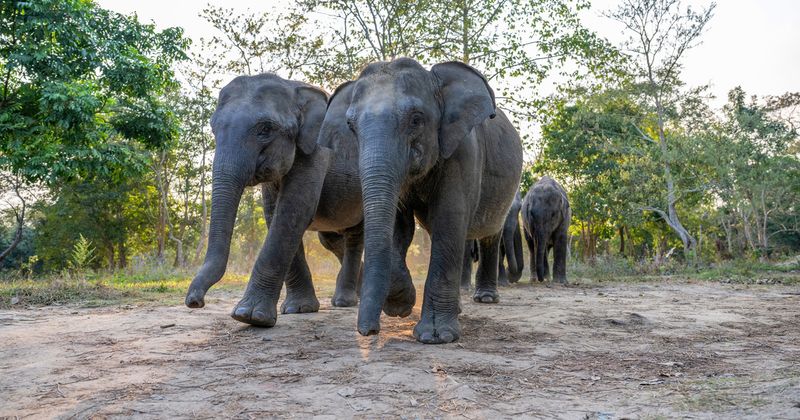
Slightly smaller than their African cousins but still enormous, Asian elephants tip the scales at up to 11,000 pounds – over seven times heavier than polar bears! Recognized by their smaller ears and more rounded backs, these intelligent giants have been working alongside humans for thousands of years.
Asian elephants are incredible problem-solvers. They’ve been observed using tools, creating shortcuts through forests, and even comforting distressed herd members. Female Asian elephants rarely have tusks, unlike their African relatives where both sexes typically grow them.
These magnificent creatures can live up to 60 years in the wild and form deep bonds with their families that last a lifetime.
7. White Rhinoceros
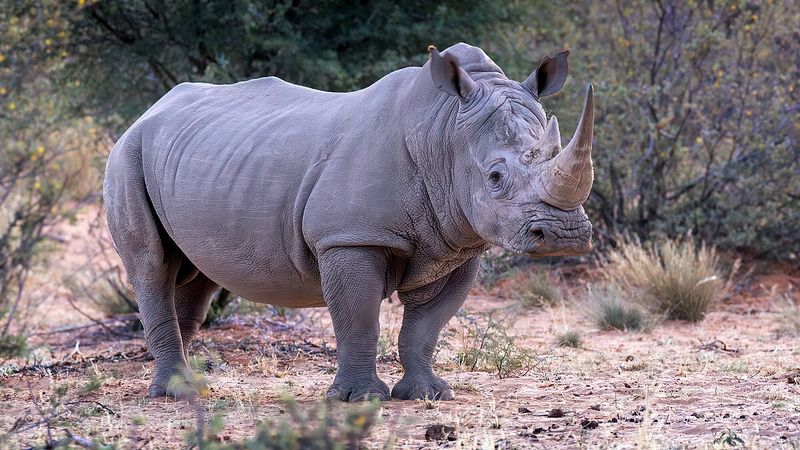
Despite their name, White Rhinos aren’t actually white! The name comes from a mistranslation of the Dutch word “wijd” meaning “wide,” referring to their square upper lip. These massive land mammals can reach weights of 7,700 pounds – about five times heavier than polar bears!
Built like living tanks, white rhinos have thick skin that can be up to 2 inches thick in some areas. Their two horns are made of keratin – the same material as your fingernails. The front horn can grow up to 5 feet long!
White rhinos are surprisingly fast, capable of charging at speeds up to 30 mph despite their bulky appearance and poor eyesight.
8. Hippopotamus
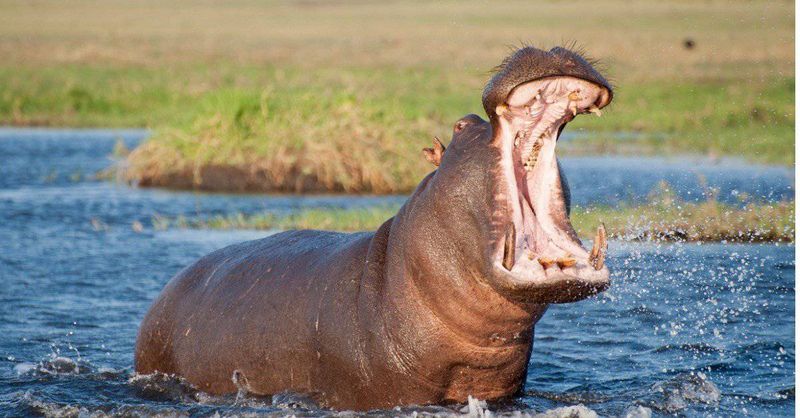
Half-submerged in African rivers, hippos look deceptively lazy – but don’t be fooled! These 9,000-pound river giants kill more people in Africa than any other large animal. That’s six times heavier than a polar bear, packed into a surprisingly agile body that can run up to 20 mph on land.
Hippos spend up to 16 hours daily in water to keep their sensitive skin from sunburn. Their massive jaws can open 180 degrees, revealing terrifying tusks that can grow over 20 inches long. At night, these aquatic behemoths travel up to 6 miles along riverbanks to graze.
Their “blood sweat” isn’t actually blood or sweat – it’s a natural sunscreen that turns red when exposed to air!
9. Giraffe
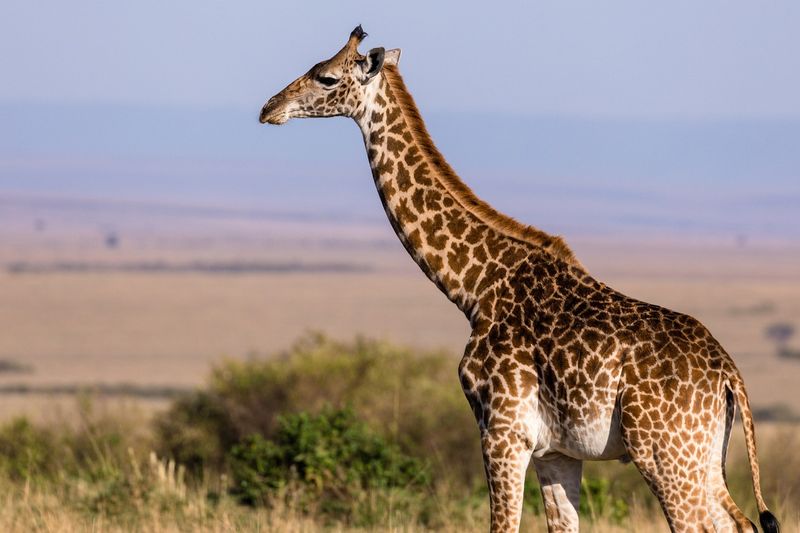
Stretching toward the sky at heights up to 19 feet, giraffes are the tallest mammals alive today. While not as heavy as some giants on our list, male giraffes can still weigh up to 4,250 pounds – nearly three times heavier than polar bears! Their incredible height lets them browse leaves other animals can’t reach.
A giraffe’s heart is truly extraordinary – weighing up to 25 pounds and pumping with enough pressure to send blood all the way up that long neck to their brain. Their tongues can extend 21 inches and are blue-black to prevent sunburn while reaching for leaves.
Baby giraffes start life with a dramatic six-foot drop to the ground when they’re born!
10. Walrus
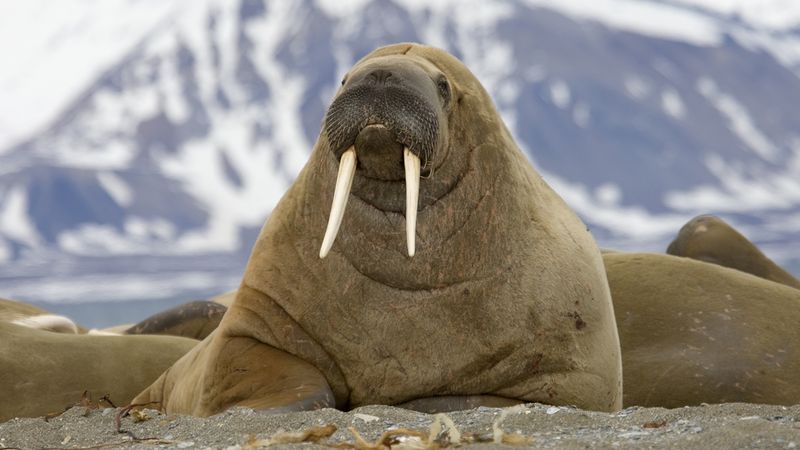
Lounging on Arctic ice, male walruses can weigh up to 4,400 pounds – nearly three times heavier than polar bears! These blubbery marine mammals are instantly recognizable by their magnificent tusks, which can grow 3 feet long and are actually elongated canine teeth.
Walruses use those impressive tusks to haul their massive bodies onto ice floes, defend themselves, and sometimes even to break breathing holes in thin ice. Their whiskers aren’t just for show – they contain sensitive nerve endings that help locate clams and other shellfish on the dark ocean floor.
A walrus can consume 4,000 clams in a single feeding session, using powerful suction to extract the soft parts!

